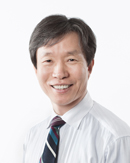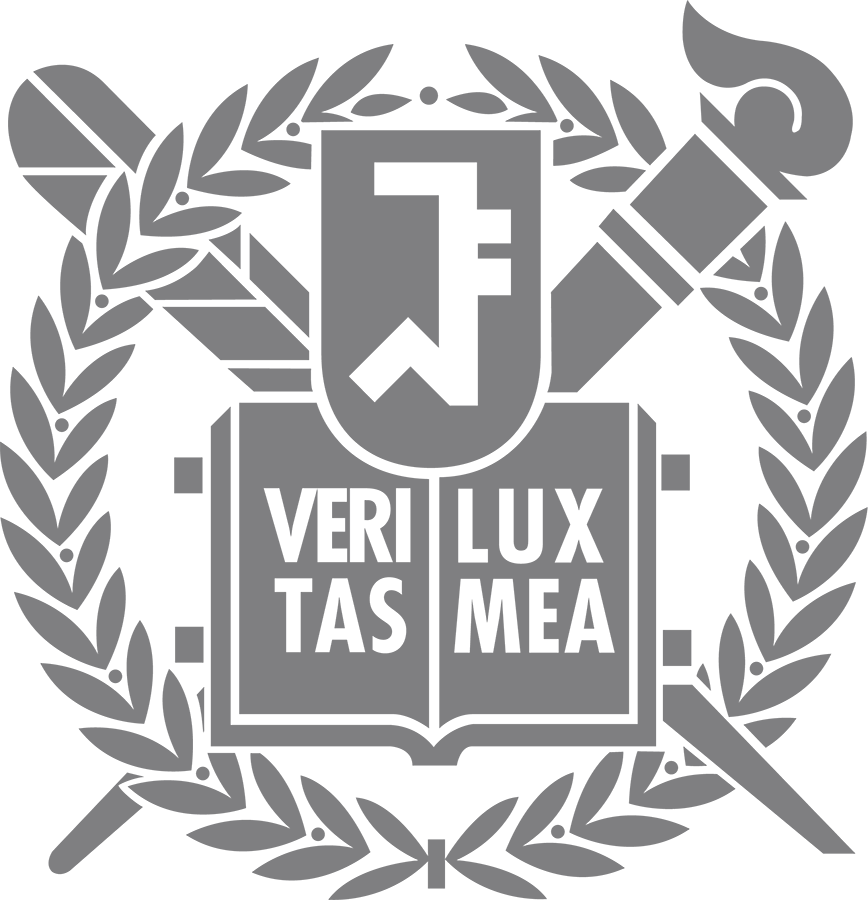Department News
Prof. Sang Ken Kauh’s Team Develops ‘Liquid Metal Patterning on Uneven Surface’ Technology for Wearable Devices
SNU Prof. Sang Ken Kauh’s Team Develops<?xml:namespace prefix = "o" ns = "urn:schemas-microsoft-com:office:office" />
‘Liquid Metal Patterning on Uneven Surfaces’ Technology for Wearable Devices
- Published on the Cover of Advanced Materials Technologies
<?xml:namespace prefix = "v" ns = "urn:schemas-microsoft-com:vml" />
▲ Prof. Sang Ken Kauh, SNU Dept. of Mechanical and Aerospace Engineering
March 15, Seoul National University’s College of Engineering (Dean: Kookheon Char) announced that Prof. Sang Ken Kauh’s team (Post-doctoral researcher: Young Yoon) developed a technology for patterning liquid metal on uneven surfaces. This allows for the development of wearable devices that can be bent and folded freely.
As flexible and wearable devices are gaining popularity, various studies have been conducted on flexible electronic circuits that can function when bent or stretched. Electronic fibers such as graphene and carbon nanotubes are commonly used, but these materials cannot stand heat and require complex production procedures, which makes them unfit for mass production.
Researchers are studying possible alternatives to electronic fibers, using gallium compound material—liquid metal—for printing and patterning. However, patterning on uneven surfaces, which is necessary for making wearable devices that can fit on hands, elbows, or ears, has known to be extremely difficult.
Prof. Kauh’s team designed a system for printing liquid metal on both flat and uneven surfaces. They were able to implement touch sensors on a saddle-shaped surface, and create a wearable sensor glove that can detect the movements of fingers.
The machine uses 2-axis motorized linear stages in order to draw a randomly shaped circuit. The vertical stage and laser distance sensor allow for liquid patterning on the substrate regardless of changes in its height.
Also, with the additional role of the rotation stage, laser distance sensor collects distance data before the dispenser tip. This maintains the distance between the dispenser tip and the substrate, which is how liquid metal circuits can be patterned on uneven surfaces.
“Even with a simple system, we can design liquid metal circuits not only on flat or inclined surfaces but round and uneven surfaces,” said Prof. Kauh. “This research will provide foundations for developing personal wearable electronics and applications of liquid metal.”
The research was published on the cover of Advanced Materials Technologies last February (Title: Wearable Electronics: Four Degrees‐of‐Freedom Direct Writing of Liquid Metal Patterns on Uneven Surfaces). It was supported by the Individual Basic Researcher Support Program funded by the Ministry of Science, ICT, and Future Planning and the National Research Foundation of Korea.
[More Info]
Research paper:: https://doi.org/10.1002/admt.201800379
Y. Yoon, S. Kim, D. Kim, S. K. Kauh, and J. Lee, “Four Degrees-of-Freedom Direct Writing of Liquid Metal Patterns on Uneven Surfaces,” Adv. Mater. Technol., vol. 4, no. 2, p. 1800379, 2018
The Cover of Advanced Materials Technologies: https://doi.org/10.1002/admt.201970011

